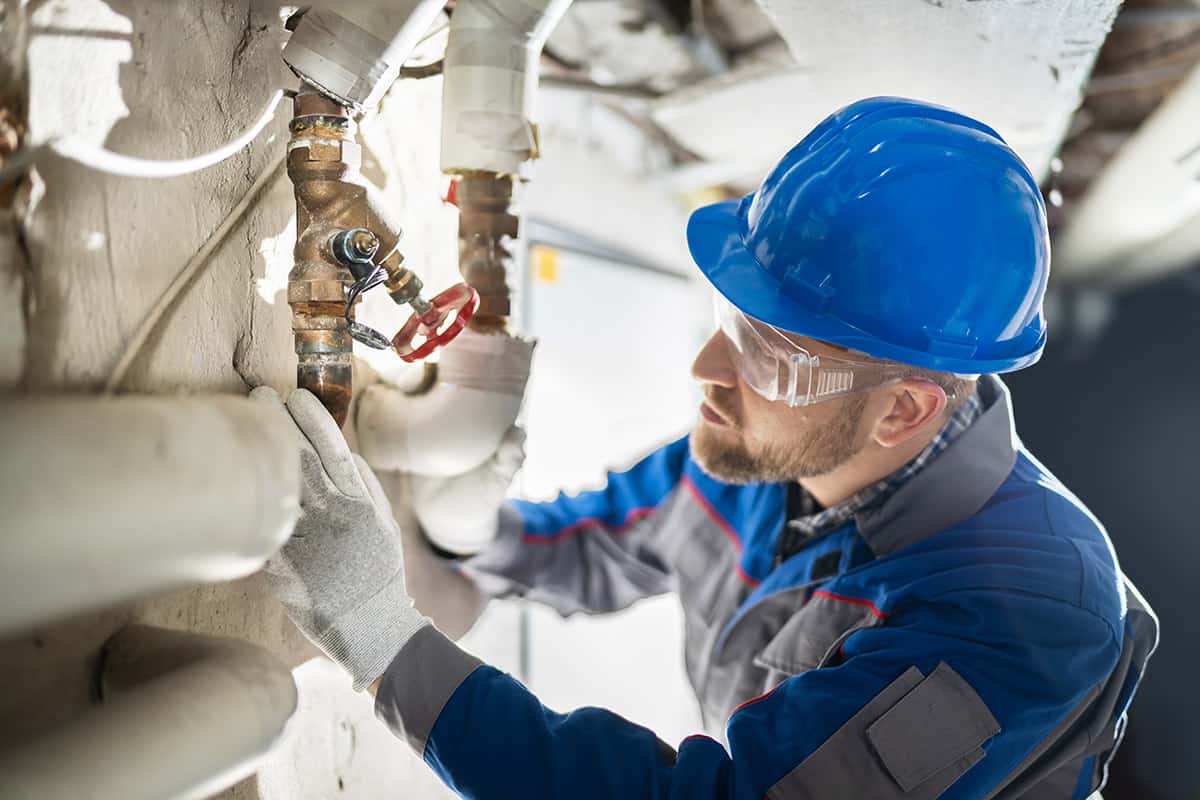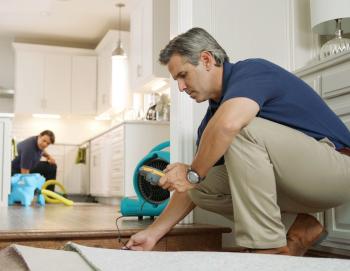Water Damage Restoration 101: Recognizing the Process and Expense
Water damage can strike all of a sudden, leaving property owners in a state of confusion. Comprehending the reconstruction process is crucial for reliable recuperation. From assessing the damage to picking the ideal solution copyright, each step impacts the total outcome and price. Factors such as the kind of water damage and seriousness additionally play a considerable duty. What are the certain methods used in remediation, and how can one prepare for possible expenditures?
Kinds Of Water Damage

First Analysis and Examination

Water Removal Methods
Following the first evaluation, efficient water extraction methods are utilized to alleviate damage and prevent more concerns. These methods entail making use of specific devices such as industrial-grade vacuum cleaners and completely submersible pumps - Mold Remediation After Water Damage. The option of method depends on the quantity of water present and the kind of materials influenced. For standing water, completely submersible pumps are usually utilized for quick elimination, while vacuum cleaners are ideal for drawing out water from carpets and furniture. In addition, advanced methods like water extraction mats may be used for hard-to-reach areas - Water Damage Restoration. The goal is to eliminate as much water as feasible, lessening the capacity for mold development and structural damage. Prompt and reliable water extraction is essential in the general water damage restoration procedure
Drying and Dehumidification Process
Once the water extraction is full, the drying and dehumidification procedure becomes essential to restoring the damaged location. This phase usually employs industrial-grade dehumidifiers and air movers to properly reduce dampness levels. The dehumidifiers pull in wet air, removing excess humidity, while air movers circulate air to speed up evaporation. Surveillance equipment is usually made use of to track moisture and temperature degrees, ensuring ideal drying conditions. The period of this procedure can vary depending on the degree of the water damage and ecological factors. It is necessary to thoroughly dry all influenced materials, including walls, flooring, and furnishings, to stop mold development and architectural damage. Proper execution of this step is important for an effective reconstruction result.
Cleansing and Disinfecting Damaged Locations
An extensive first evaluation and assessment of affected locations is crucial to determine contamination levels once the drying out procedure is total. Flood Cleanup Services. Efficient cleaning techniques and proper items have to then be used to get rid of debris and discolorations. Sanitization and sanitation methods are essential to ensure that harmful microorganisms are removed, bring back the room to a safe condition.
Preliminary Evaluation and Examination
Before beginning any reconstruction initiatives, a detailed preliminary assessment and examination of the influenced locations are vital for reliable cleansing and disinfecting. This process involves recognizing the degree of water damage, determining the source of the water breach, and reviewing the materials impacted. Assessors normally look for indications of mold and mildew growth, architectural honesty problems, and damaged items. The analysis additionally consists of examining dampness levels using specialized equipment to assure no hidden water pockets remain, as these can lead to further problems. Documenting the searchings for is essential for preparing the next actions in the restoration process. An in-depth first assessment enables repair experts to develop a targeted strategy for effective cleansing and disinfecting, inevitably reducing damage and health dangers.
Cleaning Up Methods and Products
Effective cleaning and sanitizing of water-damaged areas call for a variety of products and strategies customized to the certain materials impacted. For porous surfaces like drywall and carpets, extraction methods are necessary to get rid of excess moisture, followed by deep cleaning with specialized detergents. Non-porous materials such as floor tile or metal can be cleaned using commercial-grade cleaners that efficiently remove contaminants. Steam cleansing is an additional efficient technique, especially for carpets and furniture, as it uses heats to eliminate microorganisms and mold (Flood Cleanup Services). Furthermore, eco-friendly items are significantly prominent for their security a fantastic read and efficacy - Water Damage Restoration. Ultimately, selecting the suitable cleaning techniques and products not just ensures prompt tidiness but likewise help in avoiding more damage and wellness hazards connected with water breach
Sanitization and Disinfection Techniques
When dealing with water damage, proper sanitization and sanitation methods are important to assure the safety and wellness of the afflicted environment. After first cleansing, surfaces should be treated with proper disinfectants to remove virus, mold and mildew, and bacteria that prosper in moist conditions. Usual techniques consist of the use of EPA-approved chemical anti-bacterials, which can be used with splashing or wiping strategies. Additionally, ultraviolet (UV) light systems can properly sanitize locations by counteracting bacteria without harsh chemicals. The selection of method typically relies on the kind of materials impacted and the degree of contamination. Eventually, complete sanitization not only restores a safe space however likewise assists protect against future health threats associated with sticking around wetness and mold and mildew development.

Repair Work and Restoration Options
Reviewing the damage triggered by water exposure is essential for determining the suitable repair services and reconstruction options. Property owners may face different problems, consisting of harmed drywall, deformed floor covering, and endangered architectural elements. Relying on the level of the damage, fixings might include replacing areas of drywall, mounting brand-new floor covering, or strengthening structural beams. In instances of extreme damage, full replacement of damaged materials could be needed. In addition, professional conservators commonly advise making use of wetness meters to analyze surprise dampness levels prior to picking the best strategy. It is crucial to act without delay to protect against mold development and additional wear and tear. Selecting the ideal options not just recovers the home but also assures long-lasting safety and capability.
Variables Influencing Restoration Expenses

The level of water damage straight affects the restoration costs house owners can anticipate to sustain. Aspects such as the source of the water, the period of direct exposure, and the afflicted products significantly affect rates. Clean water damage from a broken pipe is typically less expensive to recover contrasted to damage caused by sewer. Furthermore, the level of contamination dictates the requirement for specialized cleaning and disposal services, additionally raising expenses. Geographic location also contributes, as local labor prices and accessibility of repair solutions can vary. Ultimately, the seriousness of the feedback impacts expenses; quicker treatments typically result in reduce general expenses by preventing further damage. Recognizing these elements is crucial for house owners when approximating restoration expenses.
The three main kinds of water damage are classified based on contamination levels: tidy water, gray water, and black water. A complete preliminary assessment and inspection are essential actions in the water damage restoration procedure. For standing water, submersible pumps are typically made use of for fast removal, while vacuum cleaners are ideal for removing water from carpetings and upholstery. The extent of water damage straight affects the remediation costs homeowners can anticipate to incur. Tidy water damage from a damaged pipe is usually less pricey to bring back compared to damage created by sewage.